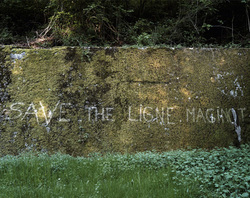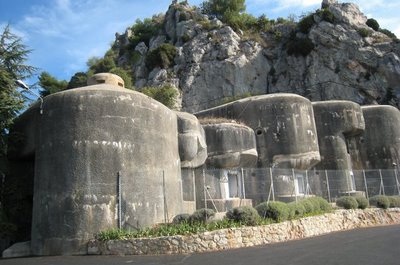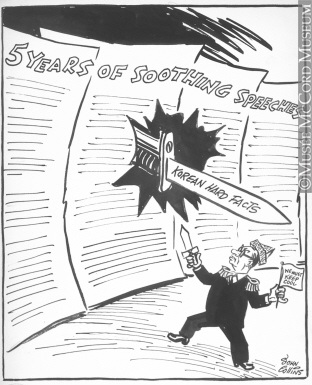Summary.
The Maginot line was a line of French fortifications, tank obstacles, rising artillery, machine gun posts, and other defences. The line was built along the France Germany border in fears Germany would come to take France. The line was meant to give time for French forces to move in place for a direct confrontation with Germany in the case of an attack. The line however was never used as Germany came through the Ardennes forest to conquer France in days.
French Fears and the Maginot Line

- French feared Germany uprising
- Wanted them crippled
- France wanted fortifications along the French German border
- Fortifications were built along the borderline
- Named after Minister of War André Maginot
- The wall an engineering feat using electricity
- The fortifications were never used
- Germany came through the forest to the backside of the wall
- France was then taken over in 21 days
View Beer Hall Putsch and over 3,000,000 other topics on Qwiki.


